Psychedelic furs at the Mascot Hall of Fame
WHITING, IN.—-Life is like a mascot.
You have to look beneath the surface.
The new Mascot Hall of Fame, 1851 Front St, in Whiting is ripe with punchlines. Right off the bat, it’s a mascot museum for North American professional and collegiate sports, with more than a hundred items.
And it is on the industrial shores of Lake Michigan in Whiting (pop. 4, 900), two miles from the south side of Chicago. Whiting hosts an annual Pierogi Fest at the end of July. Local ladies parade around in babushkas and housecoats and there are mascots Mr. Pierogi and Miss Paczki.
The museum’s executive director is Orestes Hernandez. His parents fled Cuba for a better life in America. In November,1970 they arrived in Miami on an Eastern Airlines flight. His retired father Gisel was a janitor for a food distribution house in Miami and his mother Isabel was a seamstress. A little more than 90 percent of his family remains in Cuba. Hernandez was born and raised in Hialeah in Miami-Dade County and he has never seen the elephant mascot in front of the Estadio Latinoamericano baseball stadium, built in 1946 in Havana.
So in a nutshell (sorry Brutus Buckeye, a 2007 hall of fame inductee,) you have the son of Cuban immigrants at the helm of a spiffy $18 million museum that wants to be the linchpin for new development in Whiting. Sounds like a Farrelly Brothers movie.
“The City of Whiting was looking for something to bring to the community,” Hernandez said on a 6 degree March day he never experienced in Miami. “There’s a great beachfront that brings in thousands over the summer but then there’s a lull. The initial thought was a city history museum. BP is a big part of the city (the BP Whiting Refinery is the largest oil refinery in the Midwest), maybe a corporate museum. There was talk about a Chicago Baseball Museum thing.”
Whiting consultant Ron Neiss had heard about the online Mascot Hall of Fame that was founded in 2005 by Dave Raymond, the original Phillie Phanatic (1978-1993.) Although it was online only, an annual induction ceremony took place in the City of Brotherly of Love.
Heads up!
Whiting Mayor Joe Stahura connected with Raymond and by September, 2014 work began on the 25,000-square foot museum. Stahura said that Raymond first thought his call was a prank. Hernandez added, “And Dave, in that first conversation said, ‘Where’s Whiting and Why Whiting?’ He came to check it out and truly, the pierogi fest and the quirky vibe was the perfect thing for the quirkiness of mascots.”
But nothing is quite as quirky as a single guy like me exploring the museum alone.
The spin is designed for kids and families. The interactive areas were designed by Jack Rouse Associates in Cincinnati (Coca-Cola Museum in Atlanta and the Green Bay Packers
Hall of Fame.) There’s the “Science of Silliness” laboratory and a section that pays tribute to real-life mascots like baseball clown Max Patkin and the Billy Goat from Wrigley Field. Hernandez kicked my butt in a virtual contest where we shot tee shirts out of a cannon into an animated crowd.
The hall of fame also incorporates the STEAM (Science, Technology, Engineering, Art and Math) initiative that encourages physical activity and healthy lifestyles for kids K-8. For example, at one stop visitors attach themselves to 40-pound sandbags (about the weight of a mascot costume) and then jump around like half time at a Wisconsin Badgers game to have their heart rate monitored. The curriculum was developed in partnership with Trine University and Calumet College of St. Joseph’s. Teachers can use the curriculum in classrooms prior to their visit to the hall, to put into play during the hall visit and then follow up discussion. Don’t expect much cheese on Mr. Pierogi.
The three-level museum also has a splendid rooftop deck with great views of Lake Michigan and railroad tracks from the Norfolk Southern, CSX and Canadian National lines. Train buffs have already found their way to the rooftop. “The three level atrium houses the most gigantic mascot inflatable heads you have ever seen,” Hernandez said.
There’s also ample regional pride. Benny the Bull (Bulls) and Tommy Hawk (Blackhawks) were elected in 2017 alongside Nittany Lion (Penn State) and Sluggerrr (Kansas City Royals). Their induction ceremony was postponed until the hall of fame was complete. All four mascots will be present for the June 14-16 induction ceremonies in Whiting. The initial class was the Phillie Phanatic, the Famous Chicken (who is also at the Baseball Hall of Fame and Museum) and the Gorilla from the Phoenix Suns.
The official Mascot Hall of Fame grand opening weekend is April 5-7. All kinds of mascots will be in attendance for photo opportunities and meet and greets.
Whiting took a gamble on a novelty idea and when mascots are paired with the Pierogi Festival and Whiting Lakefront Park, the tiny city indeed becomes a fun tourist destination. For me, there was a slight Coney Island feel in Whiting. And I had not been to Whiting since the historic Phil Smidt’s Restaurant closed in 2017. Entertainers like Bob Hope and Frank Sinatra took those same railroad tracks out of Chicago to have Smidt’s frog legs with dill pickle tartar sauce.
“People from outside can support our business district,” said Stahura, who has been mayor since 2004. “All downtown business districts are notorious for not being able to sustain themselves. We’ve been able to maintain our business district but we want to see how we can expand it.”
Hopes are that the Mascot Hall of Fame will give birth to new restaurants, a hotel and residential units for hipsters who can no longer afford to live in Chicago. Stahura conducted a housing study during the first year of his administration. It was discovered that 97 per cent of Whiting’s housing was single family homes and most of them were 125 years old. There was no new housing construction for almost 50 years. Currently if you want to stay overnight in Whiting the nearest hotels are in nearby Hammond, Ind.
“Whiting was an old, sleepy company town,” Stahura said. “This year you’re going to see 100 new residential apartments going up with 50,000 square feet of commercial space. The shovel should be in the ground by May 1.” One complex with 10,000 square feet of commercial space and 64 residential units will be directly across from the Mascot Hall of Fame. A hotel and residential units are being planned to be built next to Oil City Stadium, 1700 119th St, a 1,100 seat baseball stadium used for college and high school games.
Stauha is a native of Whiting who spent 23 years working as a project manager at the BP refinery. “We’re going to have a little nightlife,” he added. “It’s not going to be like you’re on Rush Street but we’ve got a couple of nice taprooms and breweries opening up.”
Right now one of the best spots to grab some pierogis and a beer is the Center Lounge and Restaurant, 1312 119th St. The very old school bar also has a Wednesday afternoon and all day Friday fish fry.
Here is where we cue Billy the Marlin.
Hernandez spent 13 years in the Marlins front office before coming to Whiting. On one hot Miami afternoon, he put on a mascot outfit to play the role of the father of Marlins’ team mascot Billy the Marlin. “You have to train,” he said. “You have to know how to interact with people in the correct way. Certainly, early on in their careers, mascots have to be careful how you hug kids. Five minutes and you’re sweating bullets. Knowing to stay hydrated. Being a mascot is serious work. That’s why they never try to travel alone. When they’re in the stands or walking through the concourse there’s always somebody behind them as a lookout. It’s on us moving forward to make sure we educate the sports fan on not just what mascots do for their community and franchise but also the hard work that goes into it.”
My most horrifying mascot moment was attending the Cubs-Marlins season opener in 1997 at Pro Player Stadium outside of Miami. Billy the Marlin lost his baseball head while parachuting to the field. The event was downplayed in the South Florida media so children wouldn’t worry about Billy’s noggin’. Later in the season the mascot head was recovered in a swamp between Miami and Fort Lauderdale. The Cubs went on to lose their first 14 games of the season.
The hall of fame does not have Billy the Marlin’s head, but the head of Moondog, the Cleveland Cavaliers is preserved in a glass case. Cleveland Rock n’ Roll DJ Alan Freed named his show “The Moondog House.” The Cleveland Indians, Phillies, White Sox, Bulls and Blackhawks have been early supporters of the hall of fame. The Cubs currently don’t have a HOF mascot presence, but then again, their mascot cannot even afford pants.
Kids take mascots seriously.
The hall’s “Marvelous Mascot Maker” illustrates how mascots are created. A video describes mascot materials and pays homage to the studios that create them. “A few weeks ago we had a three-year old here,” Hernandez said. “It’s also interactive. Purple puffs of fur go up. There’s a rail that showcases mascot parts, an arm, a torso and a head. This kid saw that and freaked out. He started crying and his parents sent him out. He had seen Reggy (the hall of fame’s wide-eyed purple mascot) coming into the exhibit.”
Another “Where Are They From” exhibit features a touch screen with more than 100 mascots. The faces of mascots come up in three states and hall guests have to figure out which state they are from.
Hernandez said the hall is still fine-tuning criteria for induction. An executive committee will work on the nomination process. One committee member has a database with more than 1,200 mascots. A mascot and league has to have a legacy of at least ten years. Mascots have to have a deep relationship with the community. A hall of fame mascot should be known for an iconic performance. Perhaps statistics will be used like how many tee shirts a mascot tosses in a season. Or how many hospital visits. “We have to be able to find some way to quanify it,” Hernandez said.
The (San Diego) Famous Chicken was one of the pioneers in mascot-fan interaction. I remember sitting in the Wrigley Field right field bleachers and watching the Famous Chicken emerge from the center field
scoreboard into the stands to sit with us. “You’re seeing that (interaction) more and more,” said Hernandez, a graduate of the University of Miami. “Franchises and universities are starting to
realize the importance of brand building the mascot does. And there’s corporate mascots: The Michelin Man. Geico Gecko. It’s the same thing when you talk about athletically related mascots. Right now the museum is just sports related North America. There’s probably a bit of time before we branch out internationally, but that’s on our path.”
The museum could do an entire section on Japanese mascots, from Doala the Koala of baseball’s Chunichi Dragons (Koskue Fukudome 2008-2012) to the checkerboard Miriatowa and Someity cat like figures who are mascots for the Tokyo 2020 Olympics. And way back in 1974 the Sanrio Corporation of Tokyo created the iconic Hello Kitty, who performs without a mouth. When it comes to mascots, Tokyo and Whiting should be sister cities.
And diversification is in Whiting’s future. “Mayor Joe” as he is known, said, “We’re certainly trying to diversify our tax base away from the refinery. When the refinery is doing well revenue jumps. Everybody’s happy. But when things are down or there are other issues like the BP oil spill then the entire community suffers. Every purse string is tightened. It’s a bad cycle. They are somewhere between 70 and 80 percent of our tax base. We need to stabilize things and ride out the bumps a little better.
“I know right now three out of four new residents in Whiting who sign up for our water bill are coming from across the border. If we had more housing available right now we’d see an even greater influx.”
But for now, it is the mascot that is putting on a new face in Whiting, Indiana.

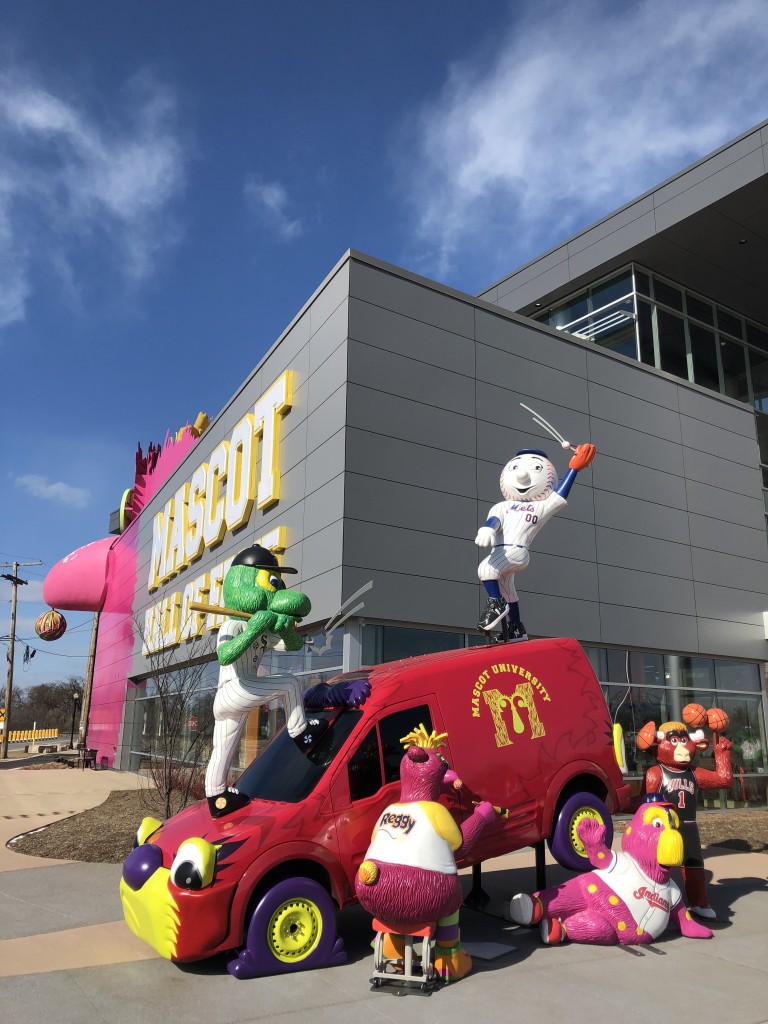
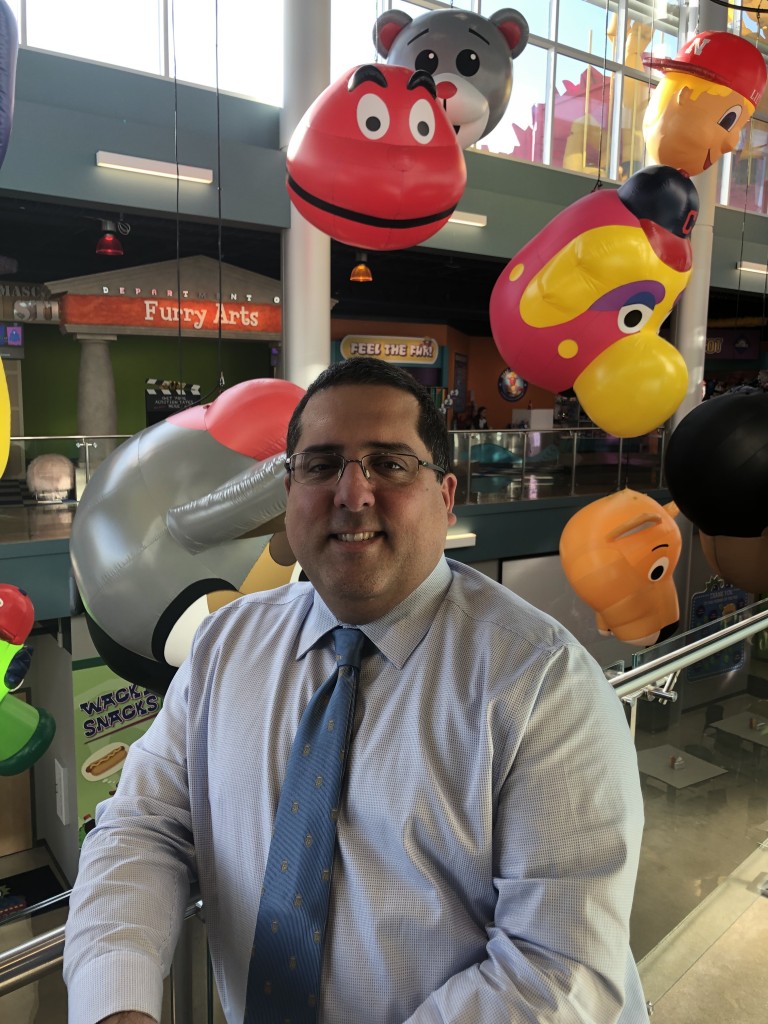
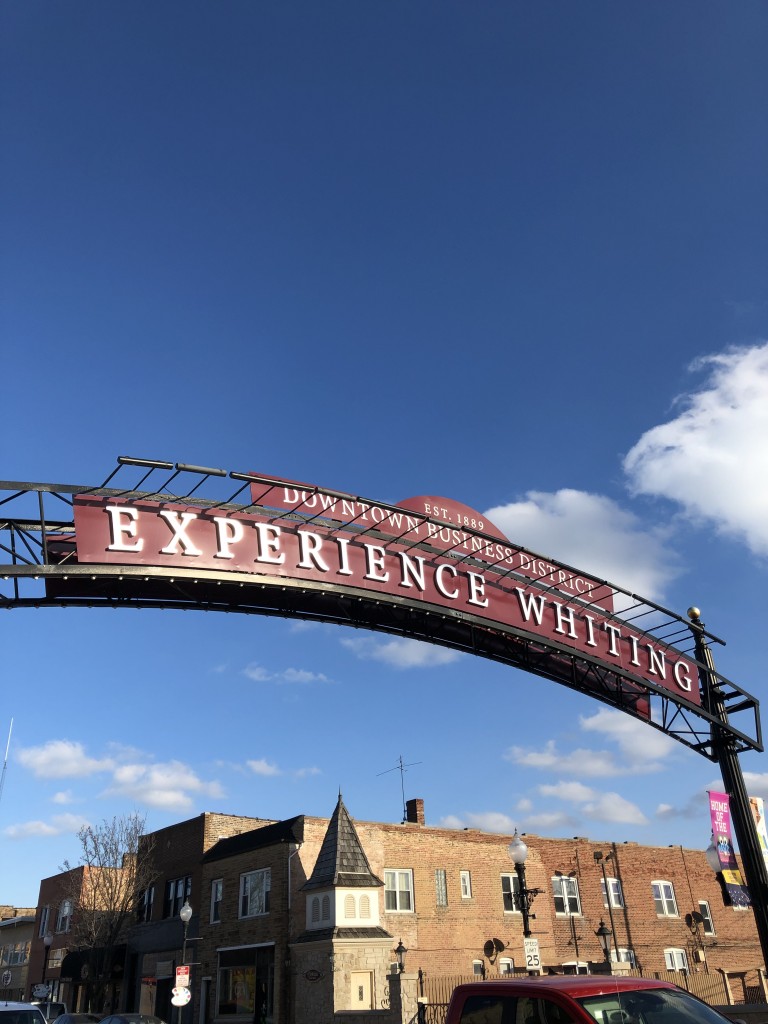
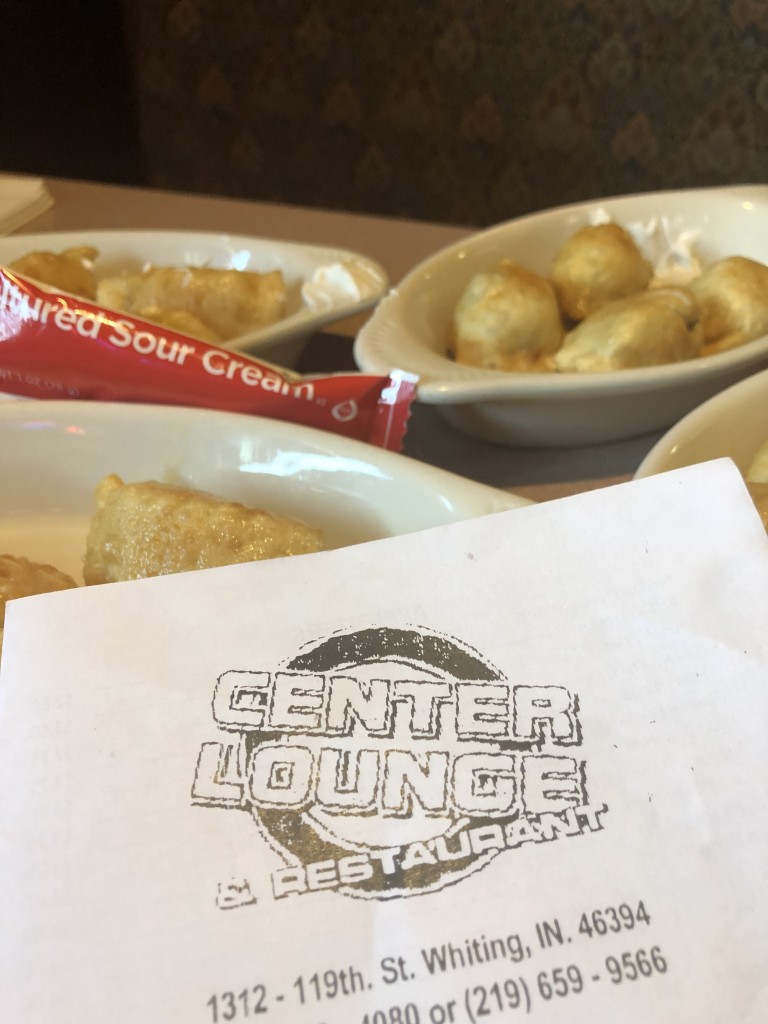
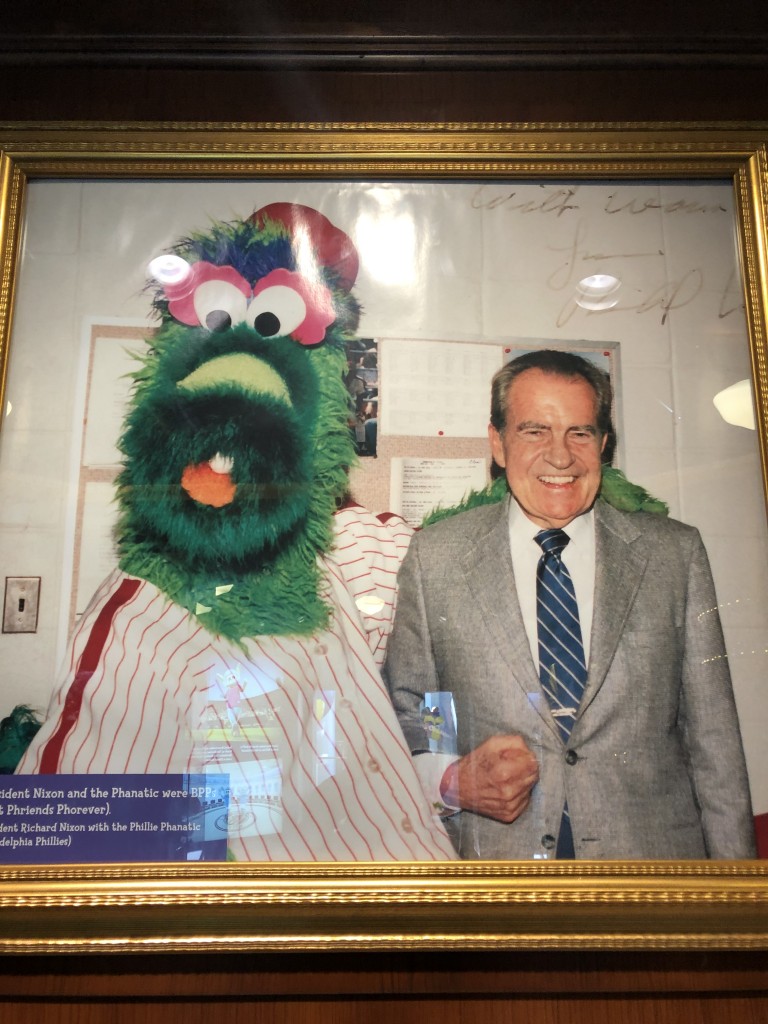
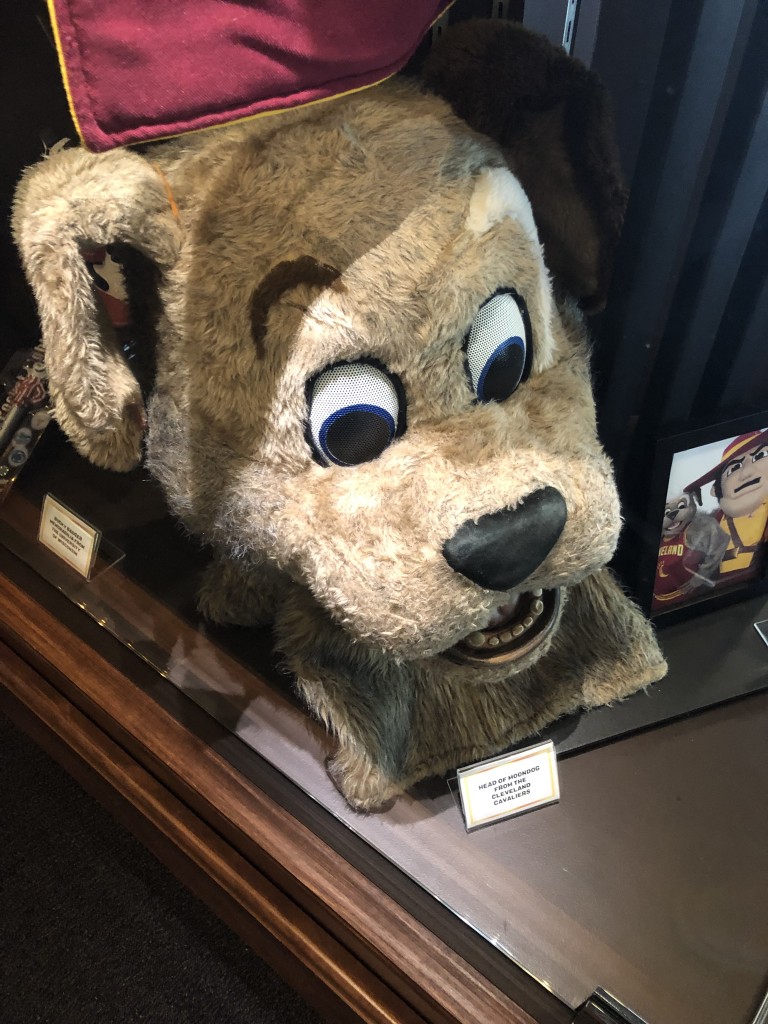
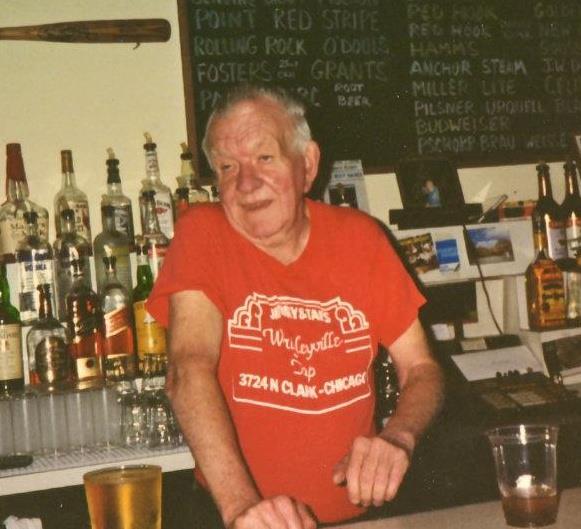
Leave a Response